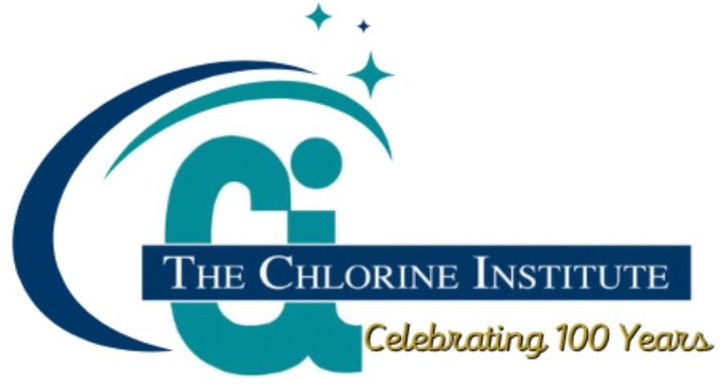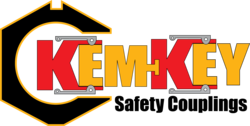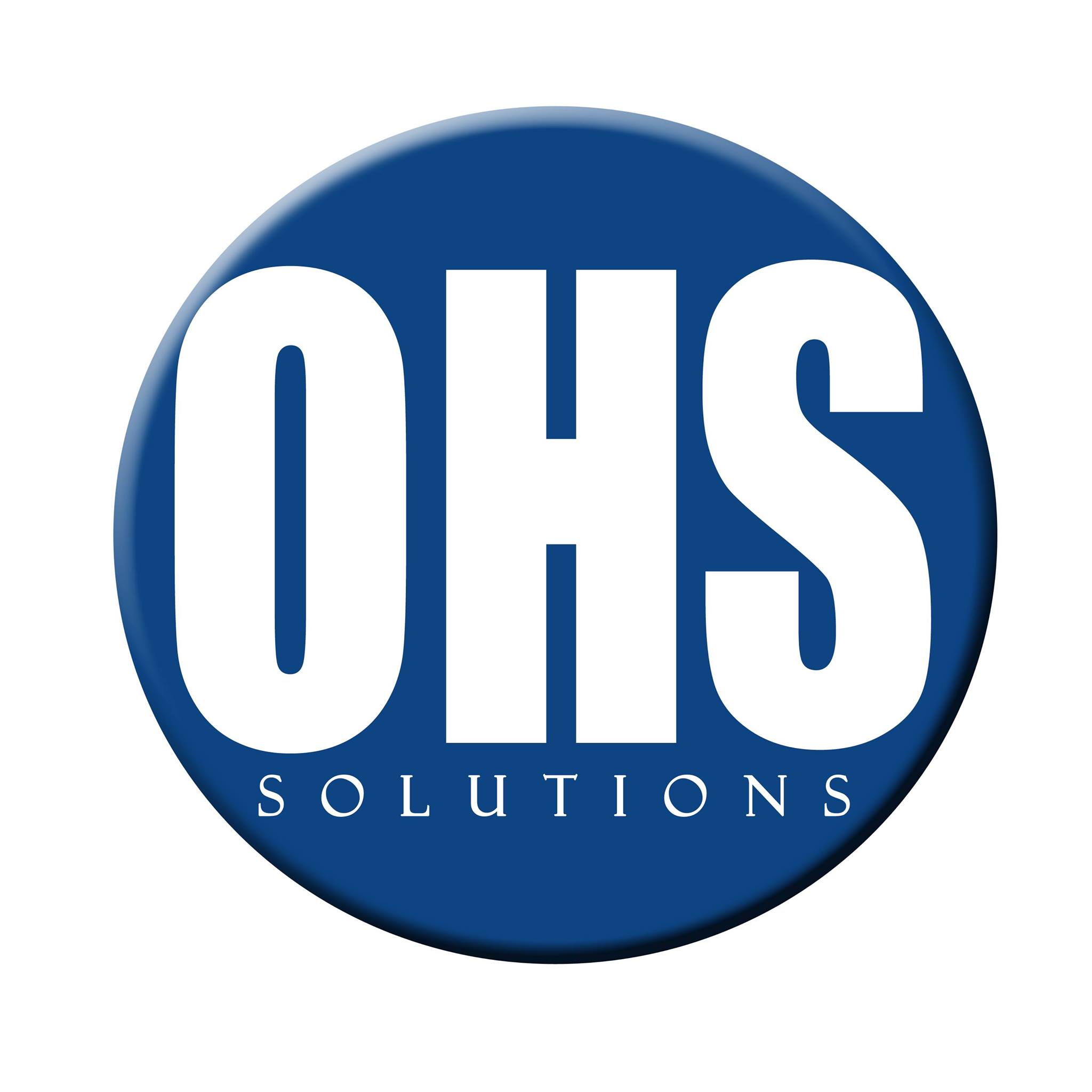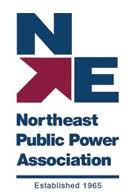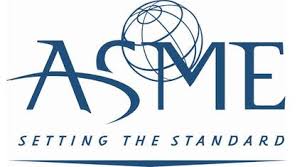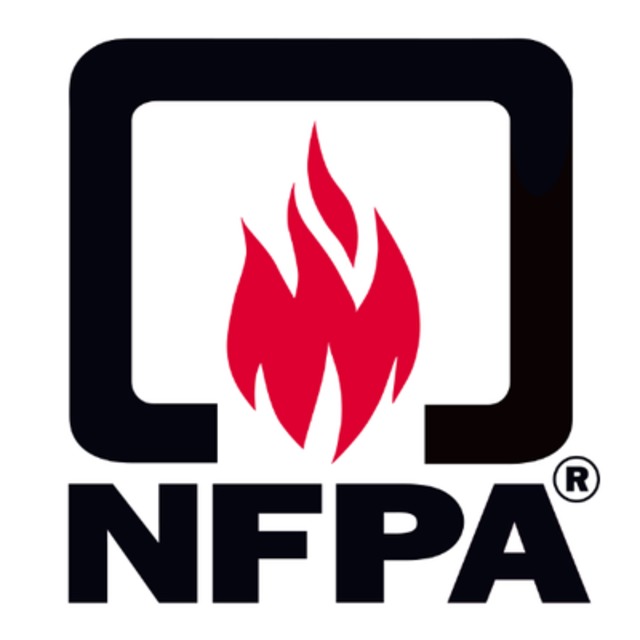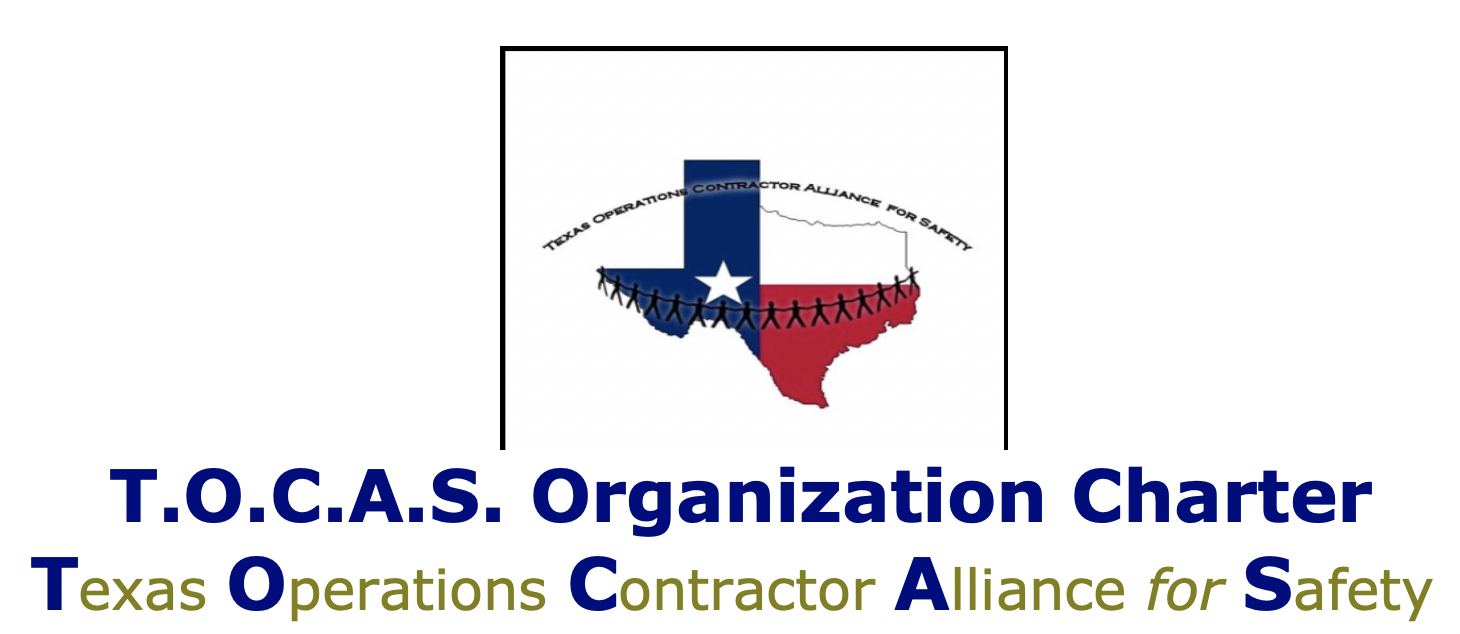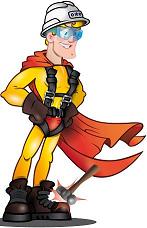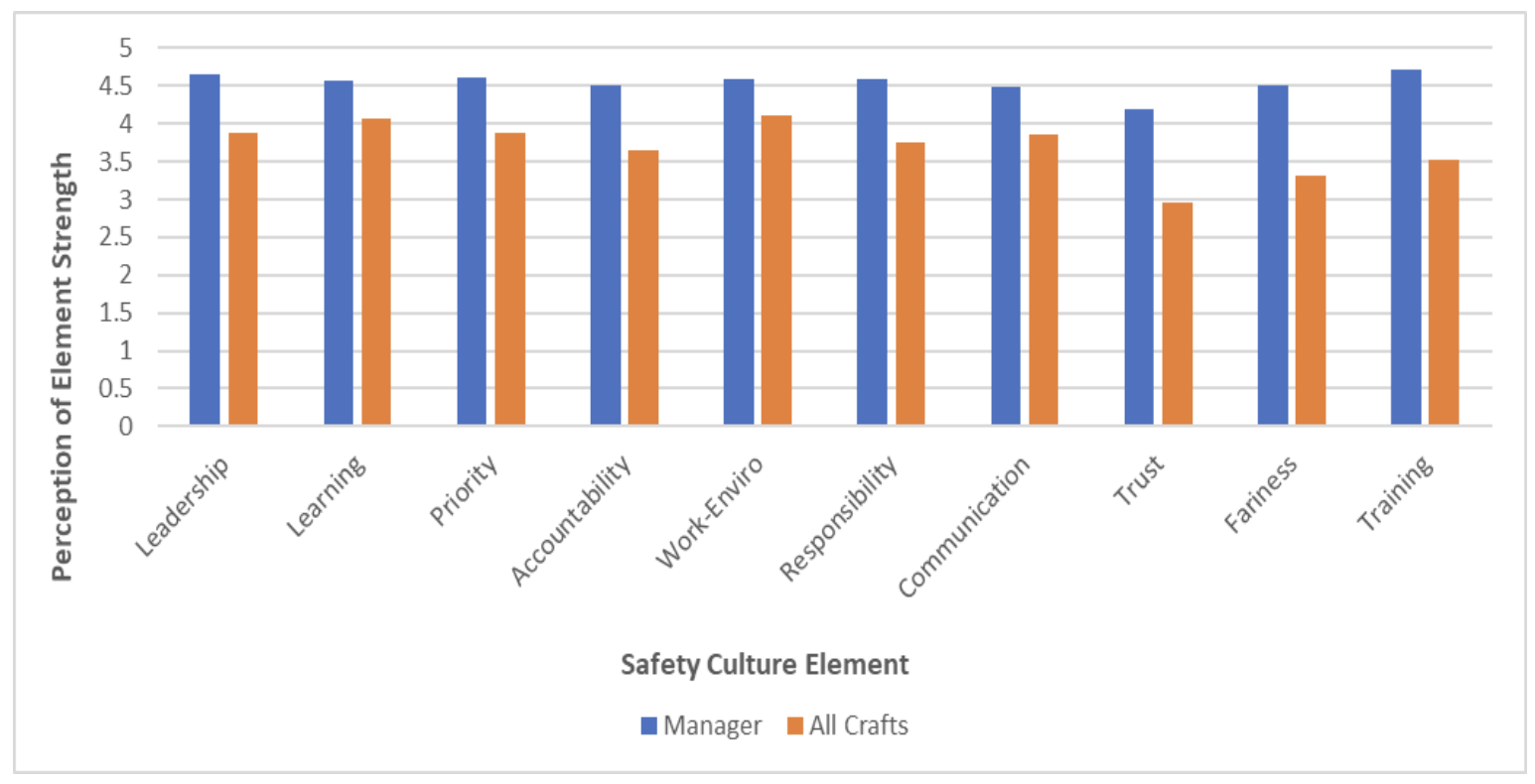 In 2017, FRA published a report on safety culture sponsored by the U.S. Department of Transportation’s (DOT) Safety Council. The report states that when safety culture is strong, there are less frequent and less severe accidents. DOT defines safety culture as the shared values, actions, and behaviors that demonstrate a commitment to safety over competing goals and demands and cited the following ten (10) KEY elements of a strong safety culture:
In 2017, FRA published a report on safety culture sponsored by the U.S. Department of Transportation’s (DOT) Safety Council. The report states that when safety culture is strong, there are less frequent and less severe accidents. DOT defines safety culture as the shared values, actions, and behaviors that demonstrate a commitment to safety over competing goals and demands and cited the following ten (10) KEY elements of a strong safety culture:
1. Leadership is clearly committed to safety.
Leaders across all layers of an organization model safety-first attitudes and behaviors, and employees learn what the accepted practices are by following examples set by leaders.
2. The organization practices continuous learning.
Opportunities to improve safety are continuously sought out and implemented. Organizations are open to learning from accidents when they do happen, and willing to make changes to prevent such incidents in the future.
3. Decisions demonstrate that safety is prioritized over competing demands.
The organization uses decision-making processes that demonstrate that safety is prioritized over competing demands. When the two priorities are in conflict, the organization will
consistently choose safety over performance.
4. The reporting systems and accountability are clearly defined.
Reporting systems and lines of accountability are in place so that safety issues can be promptly identified, fully evaluated, and corrected appropriately.
5. There is a safety-conscious work environment.
The organization exercises constant vigilance and an elevated awareness of the importance of safety. Employees are encouraged and provided opportunities to raise safety concerns using reporting systems and procedures.
6. Employees feel personally responsible for safety.
Employees take more ownership in following safety procedures and are likely to speak up when they see other employees behaving in an unsafe manner.
7. There is open and effective communication across the organization.
Employees feel comfortable communicating with their managers about safety issues and communicating with their peers when they see unsafe behaviors. The organization provides
safety information in a way that is easy to find and understand.
8. Employees and the organization work to foster mutual trust.
An environment of trust exists that facilitates open and honest communication about safety and minimizes fears of reprisal.
9. The organization responds to safety concerns fairly and consistently.
The organization responds to safety concerns in a manner that is perceived by employees as fair, just, and consistent.
10. Safety efforts are supported by training and resources.
The organization ensures that the personnel, procedures, and other resources needed to ensure safety are available, and that those who manage and operate the system have current knowledge that enables them to perform their jobs in the safest manner possible.
The biggest disparities in ratings between managers and craft employees involve safety culture elements related to trust, fairness, and training. Free-form comments provided by craft employees during the survey interviews revealed some employees who believed there was a strong culture of safety built upon mutual trust at their work location. Others reported that they felt the work environment was divided between craft employees and managers with each group wary of the other. Opinions regarding mutual trust at BNSF varied, and it is possible that these may be related to location. However, given the nature of the data, FRA cannot make a conclusive determination.
Element 1. Leadership is clearly committed to safety.
Results from the survey interviews revealed a rating of 4.12 across all participating BNSF employees. Managers reflected the highest rating (4.66) followed by communications employees (signal and dispatch, 4.33) while operating craft employees had the lowest (TY&E, 3.51). Employees with less than one year of experience had the highest rating (4.48) and those reporting 31+ years of experience had the lowest (3.51). All values are reported out of 5 where 5 is strongly agree and 1 is strongly disagree. Higher values reflect a stronger safety culture.
Element 2. The railroad practices continuous learning.
Most employees interviewed indicated that BNSF reviews incidents, accidents, near misses, and inspections for “lessons learned.” Only 8.26% of respondents said that BNSF did not review incidents and 7.04% reported they were unsure. Of those responding yes, across all crafts the rating was 4.14 when asked if BNSF shares the results of these reviews and lessons learned. Managers had the highest rating (4.57) followed by communications employees (signal and dispatch, 4.32) while MOW had the lowest (3.98). Employees with less than one year of experience had the highest rating (4.58) and those reporting 31+ years of experience had the lowest (3.88). All values are reported out of 5 where 5 is strongly agree and 1 is strongly disagree. Higher values reflect a stronger safety culture.
Element 3. Decisions Demonstrate Safety Is Prioritized over other Competing Demands.
Across all crafts BNSF employees provided a rating of 3.73 when asked if safety was prioritized over other competing demands. Managers had the highest rating (4.60) while operating craft employees had the lowest (TY&E 3.27). Communications employees (signal and dispatch) rated this the highest of all non-manager employees at 3.92. Employees with less than one year of experience had the highest rating (4.54) and those reporting 6-10 years of experience had the lowest (3.63). Employees gave a rating of 4.21 when asked specifically if potential hazards were discussed to determine the safest way to perform a task during job safety briefings. This was the highest rated item across the survey interview questions. Managers had the highest rating (4.62) followed by communications employees (4.60) while operating craft employees had the lowest (TY&E, 3.78). Employees with less than one year of experience had the highest rating (4.49) and those reporting 31+ years of experience had the lowest (4.11). All values are reported out of 5 where 5 is strongly agree and 1 is strongly disagree. Higher values reflect a stronger safety culture.
Element 4. Reporting systems and accountability are clearly defined.
Across all crafts, employees provided a rating of 3.91 when asked if reporting systems and accountability are clearly defined. Employees provided a rating of 3.62 when asked if appropriate actions are taken when employees make a safety report. Managers had the highest rating (4.54) while operating craft employees had the lowest (TY&E, 3.65). These rankings were consistent when asked about follow-up actions with managers having the highest ranking (4.45) and operating craft employees having the lowest (TY&E, 3.27). Communications employees (signal and dispatch) rated these questions the highest of all non-manager employees at 4.20 and 3.88, respectively. When asked if reporting systems and accountability are clearly defined, employees with less than one year of experience had the highest rating (4.50) and those reporting 31+ years of experience had the lowest (3.58). These rankings were consistent when asked about follow-up actions after an employee files a safety report, with employees with less than one year of experience having the highest ranking (4.26) and those employees with 31+ years of experience having the lowest (3.35). All values are reported out of 5 where 5 is strongly agree and 1 is strongly disagree. Higher values reflect a stronger safety culture.
Element 5. There is a safety conscious work environment.
Across all crafts, employees provided a rating of 4.18 when asked if there is a safety-conscious work environment at the RR. This was the second highest rated item across the survey interview questions. Managers had the highest rating (4.60) while operating craft employees had the lowest (TY&E, 3.89). Of the non-manager employees, those in the communications craft (signal and dispatch) had the highest rating at 4.31. Employees with less than one year of experience had the highest rating (4.51) and those reporting 31+ years of experience had the lowest (3.38). All values are reported out of 5 where 5 is strongly agree and 1 is strongly disagree. Higher values reflect a stronger safety culture.
Element 6. Employees feel personally responsible for safety.
Across all crafts, employees provided a rating of 3.90 when asked if employees feel personally responsible for safety. Managers had the highest rating (4.59) while operating craft employees had the lowest (TY&E, 3.44). Of the non-manager employees, those in the communications craft (signal and dispatch) had the highest rating at 4.20. Employees with less than one year of experience had the highest rating (4.36) and those reporting 31+ years of experience had the lowest (3.75). All values are reported out of 5 where 5 is strongly agree and 1 is strongly disagree. Higher values reflect a stronger safety culture.
Element 7. There is open and effective communication across the railroad.
When asked if there is open and effective communication across the railroad, employees provided a rating of 3.92 regarding management providing information to employees in a way that is easy to find. Managers rated this highest (4.47). The highest non-manager rating was provided by the communications craft (signal and dispatch, 4.17). The lowest rating was provided by operating craft employees (TY&E, 3.61). Employees with less than one year of experience had the highest rating (4.44) and those reporting 31+ years of experience had experience had the lowest (3.43).
Element 8. Mutual trust is fostered between employees and the railroad.
The element concerning mutual trust between management and employees was rated the lowest of all the elements by both employees and management. Overall, employees provided a rating of 3.12 for this element. Managers rated this highest (4.20), and the highest non-manager craft rating was provided by the communications craft (signal and dispatch, 3.28). The lowest rating was provided by operating craft employees (TY&E (2.65). Employees with less than one year of experience had the highest rating (4.01) and those reporting 21-30 years of experience had experience had the lowest (2.89). This element, in addition to being the lowest rated, also had the biggest disparity in ratings between manager and non-manager employees. All values are reported out of 5 where 5 is strongly agree and 1 is strongly disagree. Higher values reflect a stronger safety culture.
Element 9. The railroad is fair and consistent when responding to safety concerns.
Employees provided the second lowest rating for this safety culture element, rating this element at 3.47. For this element, managers provided the highest rating (4.50) and operating craft employees provided the lowest (TY&E, 3.13). Of the non-manager employees, the communications craft (signal and dispatch) provided the highest rating (3.68). Employees with less than one year of experience had the highest rating (4.07). Employees reporting 6-10 and 31+ years of experience had the lowest (3.40). This element had the most consistent ratings among all employees. All values are reported out of 5 where 5 is strongly agree and 1 is strongly disagree. Higher values reflect a stronger safety culture.
Element 10. Training and resources are available to support safety.
Across all crafts employees provided a rating of 3.65 when asked if there were training and other resources available to support safety. Managers had the highest rating (4.71) while operating craft employees had the lowest rating (TY&E, 3.64). Communications employees (signal and dispatch) rated this the highest of all non-manager employees at 3.85. Employees with less than one year of experience had the highest rating (4.13) and those reporting 11-20 years of experience had the lowest (3.56). All values are reported out of 5 where 5 is strongly agree and 1 is strongly disagree. Higher values reflect a stronger safety culture.
CLICK HERE for the full report
